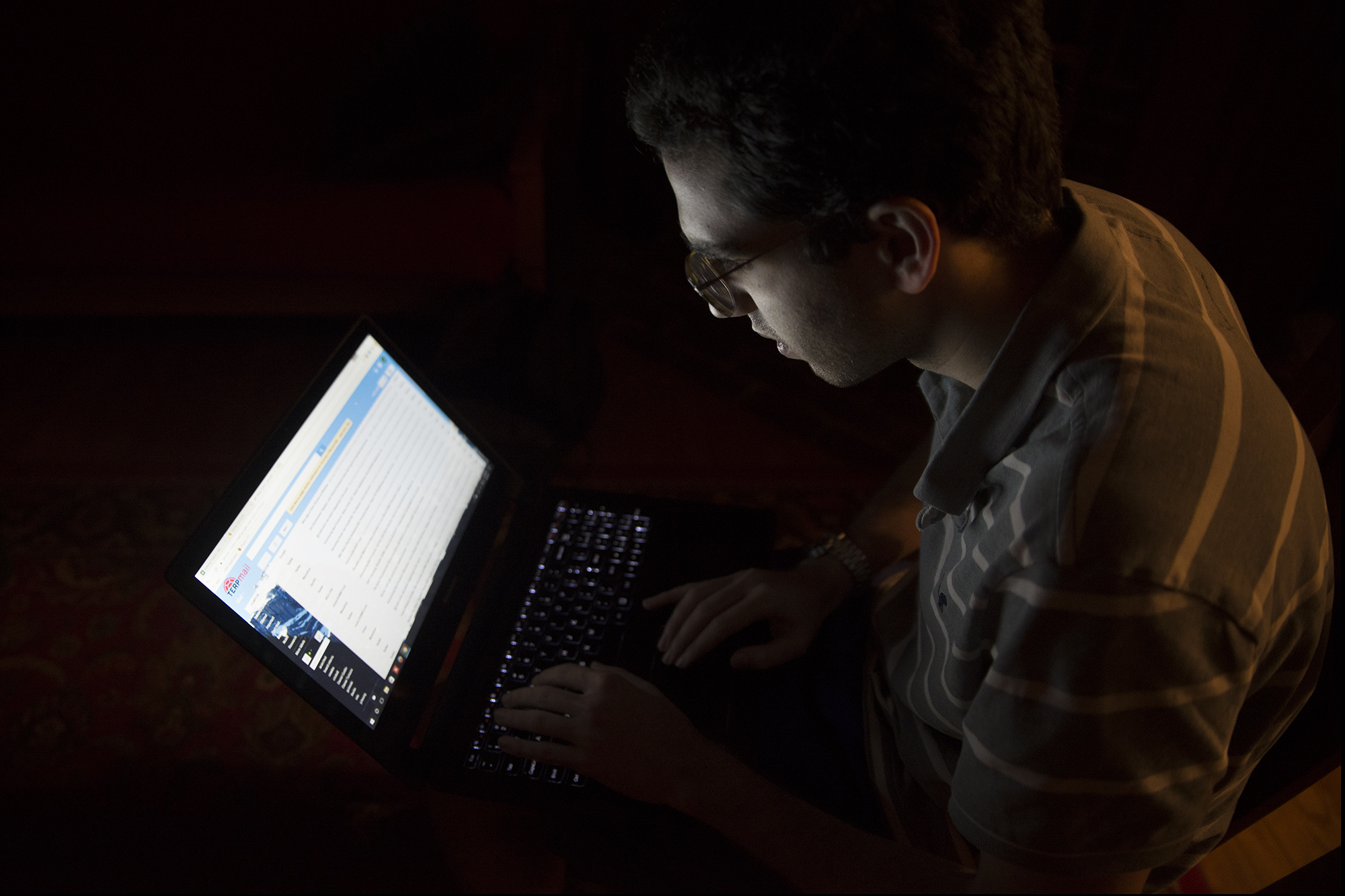The University of Maryland plans to implement plagiarism detection software on Canvas, the online learning management system students use to submit assignments and check grades, during the summer semester.
The technology is being implemented through Turnitin’s Feedback Studio, said Marcio Oliveira, Division of Information Technology assistant vice president. DIT plans for a soft launch of the technology during the summer semester, and to fully deploy it during the fall semester, he said.
Turnitin Feedback Studio has features that allow students to check their work for plagiarism, collect student feedback anonymously and reveal content matches in student writing to “help students take ownership of their work and practice proper citation,” among other features, according to the Turnitin website.
Instructors will be able to choose which features they want to use, Oliveira said. The software will come at no additional cost to students, he wrote in an email.
“This has been a most-wanted technology on campus to help the students for a long time,” Oliveira said.
[Read more: Academic dishonesty reports skyrocketed last year]
The DIT Academic Technology and Innovation team has received informal requests for an anti-plagiarism software at this university over the years, Oliveira wrote in an email.
This university will join many others in the Big Ten Conference in using Turnitin software, including Indiana, Ohio State and Penn State.
DIT sent out a six-question survey in a campuswide email to all faculty, staff and some teaching assistants in fall 2016, Oliveira said.
The majority of instructional faculty and staff indicated they would support the campuswide licensing of Turnitin on campus for optional use by instructors, Oliveira wrote in an email. The survey received 504 responses from campus instructors.
About 61 percent of survey respondents indicated they were either “likely” or “extremely likely” to adopt the use of Turnitin software, he added.
Junior finance and international business major Keith Jernigan said plagiarism detection software would be “huge” on this campus.
“A lot of people really don’t use their own work,” Jernigan said. “[This university has] gotten a lot harder, so it’s maybe more pressure on students to go to outside sources and maybe cheat a little bit. It’ll keep the campus more honest.”
Eleanna Makris, a junior biochemistry major, said “it’s just going to suck” for students because she questions how well plagiarism software works.
“I’m sort of ambivalent,” Makris said. “There’s only so many ways you can word something a lot of times, so I don’t know if it’ll actually catch a lot of true plagiarism.”
[Read more: More than 40,000 University of Maryland email addresses are for sale on the dark web]
Turnitin Feedback Studio checks a student’s work against databases that include billions of web pages, thousands of periodicals, journals and publications and a repository of student works collected from other institutions, Oliveira wrote in an email.
Rohith Krishnan and Shruti Tadikonda, both telecommunications master’s students, agreed there is a benefit in having software they can use to check their work for plagiarism before submitting it.
“We have to write a paper before we graduate,” Krishnan said. “I used a lot of online software to find if my paper had some plagiarism problems with it. I couldn’t find a very useful tool.”
Tadikonda has used the paid plagiarism-detection service Grammarly, and said she would appreciate a free university-provided service.
“We don’t have access to a free tool online,” Tadikonda said. “There have been a lot of cases where we think we know [whether we’ve plagiarized], but then, there are cases where you don’t know.”
The Teaching and Learning Transformation Center hosted a workshop on maintaining academic integrity April 11, and it will partner with DIT on Turnitin training sessions in the future, Scott Roberts, the center’s director of instructional excellence and innovation, wrote in an email.
TLTC, which sometimes partners with DIT, offers workshops for instructors and assistants on a wide variety of topics to demonstrate and give hands-on training with teaching technologies, he added.



